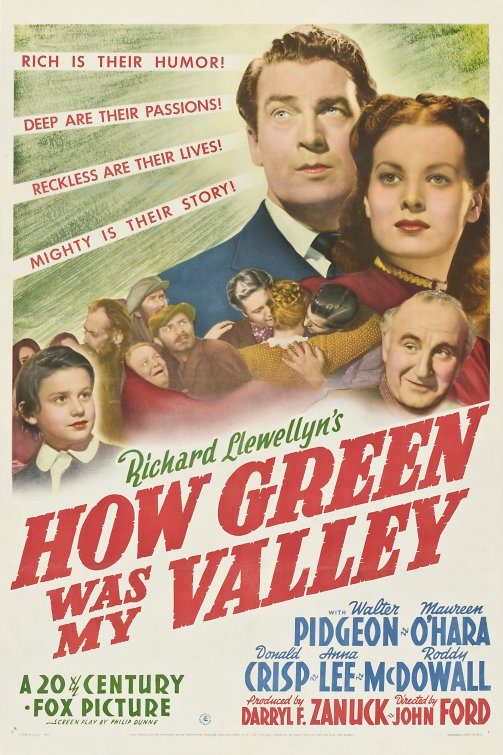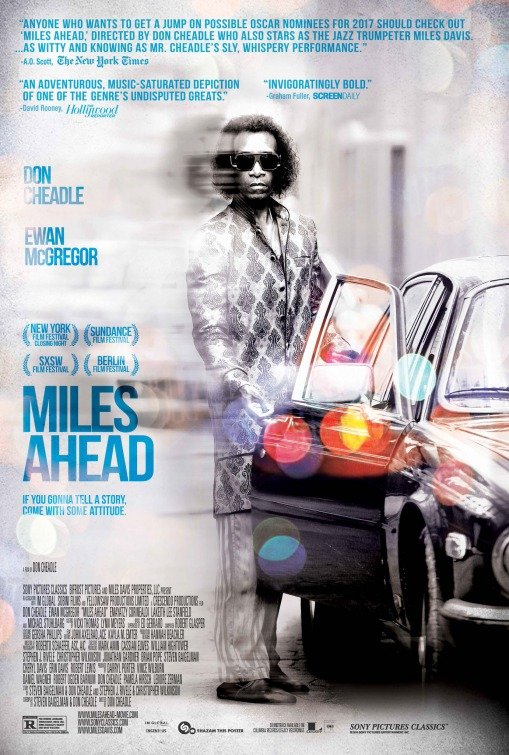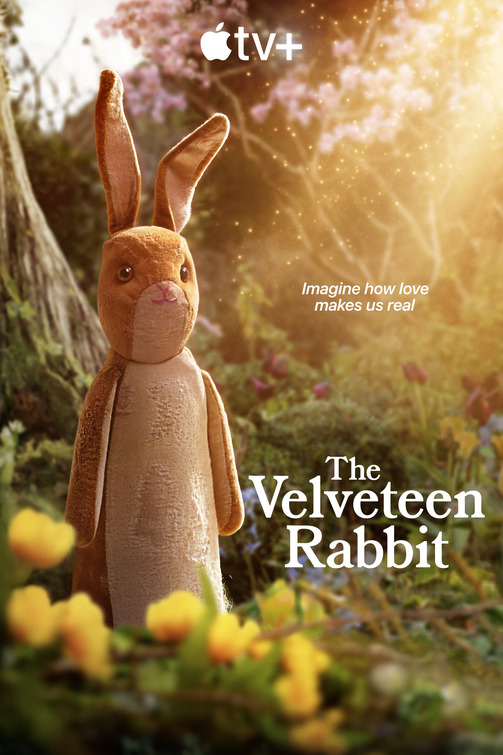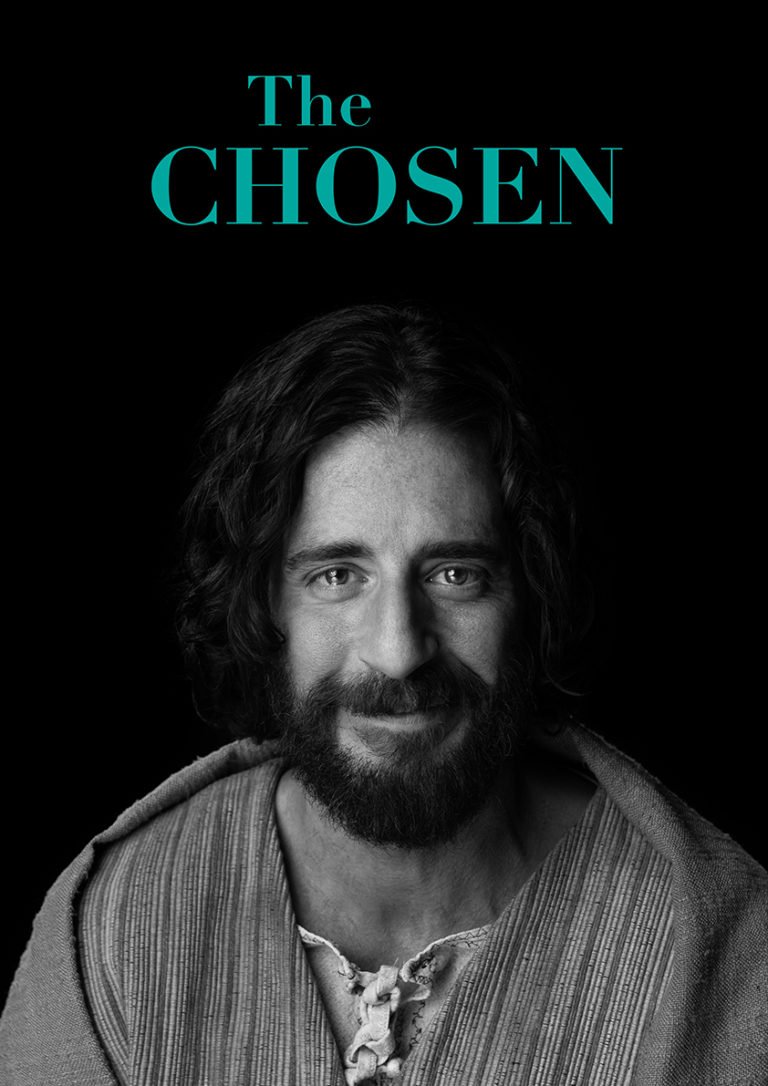"Troubled Man with a Horn"

| None | Light | Moderate | Heavy | |
|---|---|---|---|---|
| Language | ||||
| Violence | ||||
| Sex | ||||
| Nudity |
What You Need To Know:
MILES AHEAD has a tremendous performance by Don Cheadle as Miles Davis. The supporting cast is excellent. However, it doesn’t delve much into the musical transitions behind the his music as Miles moved from bebop and cool jazz into modal jazz and jazz fusion. Also, there’s no mention of actress Cicely Tyson, Davis’ second wife who, apparently, helped him stop his substance abuse as he came out of “retirement.” MILES AHEAD has constant foul language, lewd behavior and substance abuse, so great caution is advised.
Content:
(RoRo, LLL, VV, SS, NN, AA, DD, M) Romantic view of art and, in this case, music as personal expression, with few overt objective standards, though there is admittedly a beauty to the art of the music in question, which focuses on the jazz stylings of Miles Davis, a very influential and innovative figure in jazz music during the 20th Century; at least 181 obscenities (including many “f” words), 11 strong profanities and two light profanities; some strong violence, sometimes in a comic vein, includes gunfire, man threatens people with gun, fighting and struggling over tape, car chase, and married couple starts to fight and fall down together, breaking a table in the process; partially depicted bed scene between man and woman, implied marital sex and implied adultery, but not extremely salacious; upper female nudity in a couple scenes and some shots of upper male nudity; alcohol use and drunkenness; smoking and cocaine use; and, men steal reel-to-reel tape of another musician’s work and some racism includes white policeman hassles black performer outside jazz club after performer escorts white woman to a taxi.
More Detail:
MILES AHEAD stars Don Cheadle as Miles Davis, the innovative jazz trumpeter, focusing on the end of his five-year retirement in 1979, with flashbacks from his earlier career and his first marriage to a dancer. MILES AHEAD features a tremendous performance by Cheadle as the jazz legend, but the movie fails to capture the musical transitions behind the jazz great’s music as he moved from bebop and cool jazz into modal jazz and jazz fusion, so it’s not as informative as it could have been.
The movie begins in 1979 with a wily reporter from Rolling Stone, Dave Braden, forcing his way into Davis’ house, where the musician has been holed up during a five-year “retirement.” A series of health problems and a new addiction to alcohol and cocaine have kept Davis from recording and touring. Impressed by Braden’s persistence, and his access to some high-grade cocaine, Davis takes him on a wild, sometimes harrowing adventure to recover a stolen tape of his latest compositions. Meanwhile, flashbacks of memories show the progression of Miles’ failed relationship with his first wife, a dancer named Frances Taylor.
MILES AHEAD has a tremendous performance by Cheadle as the jazz legend. The supporting cast is also very good. However, it fails to capture the musical transitions behind the jazz great’s music as he moved from bebop and cool jazz into modal jazz and jazz fusion. Some of Davis’ fans, including his fans among music critics, didn’t really like his transition into jazz fusion. They thought jazz fusion in particular wasn’t pure jazz, but too much influenced by rock and roll. Consequently, they considered it as somewhat of a “sell-out” by Davis in an attempt to become more popular.
The movie doesn’t delve much into these major developments. Thus, it’s not as informative or insightful about the man’s music, or the beauty of jazz, as it could have been. Also, it makes no mention of actress Cicely Tyson, Davis’ second wife who, apparently, helped him stop his alcohol and cocaine addiction as he came out of his “retirement.” MILES AHEAD also has almost constant foul language, lewd behavior and substance abuse, so great caution is advised. Like many movies about artists, MILES AHEAD has a Romantic worldview, which sees art as merely personal expression, with few overt objective standards. A Christian view of art sees art as a service to God and Man, an endeavor that enriches and ennobles and reveals truth and justice as well as entertains, stimulates and inspires.



 - Content:
- Content: 



